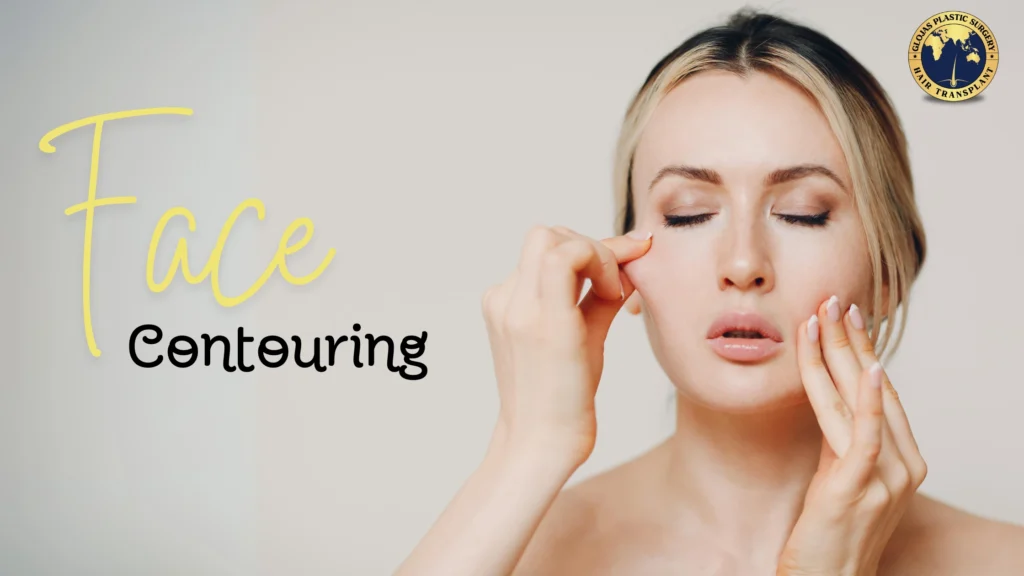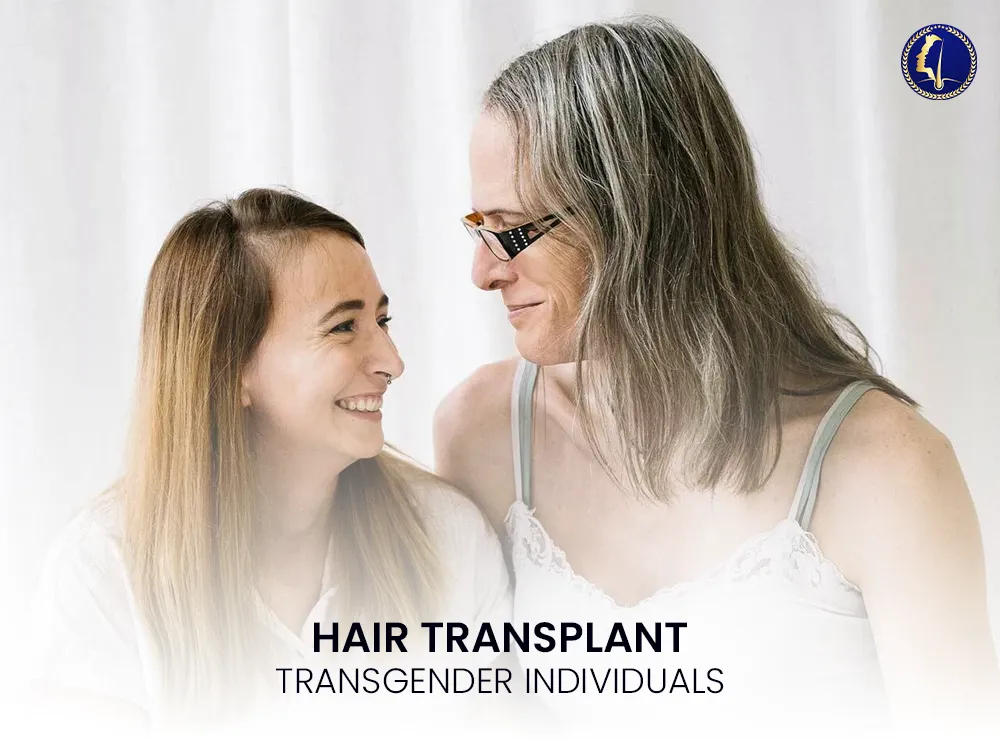Face Contouring: A Comprehensive Guide to Sculpting Your Perfect Look

Face contouring isn’t just a beauty trend; it’s an art form that sculpts and enhances facial features to create a more balanced and aesthetically pleasing appearance. Whether through makeup or more permanent surgical procedures, contouring can accentuate your best features, minimize any perceived flaws, and dramatically change the way you look and feel about yourself. […]
Hair Transplant For Transgender: What To Expect?

Hair Transplant Transgender Whether you’re looking for solutions to male pattern baldness or seeking to cultivate a fuller, more traditionally masculine beard, modern hair transplant techniques are designed to meet diverse needs and help you feel more at home in your own skin. Let’s explore how these advanced options can be tailored specifically for transgender […]
The Ultimate Guide to Chin Dermal Filler: Everything You Need to Know

Introduction to Chin Dermal Fillers Have you ever looked in the mirror and wished for a more defined jawline or a well-balanced chin? Chin dermal filler may be the solution to enhance your facial aesthetics seamlessly. These injectable treatments are gaining popularity for their ability to reshape and contour the lower face without the need […]

